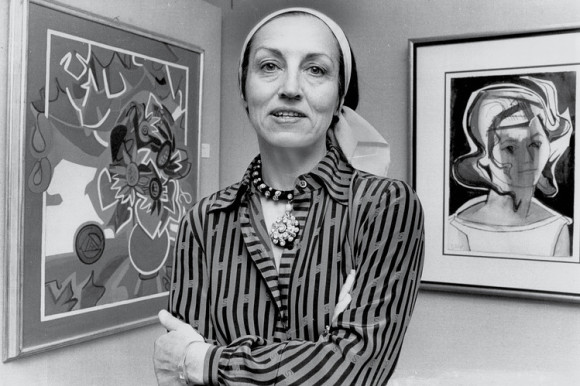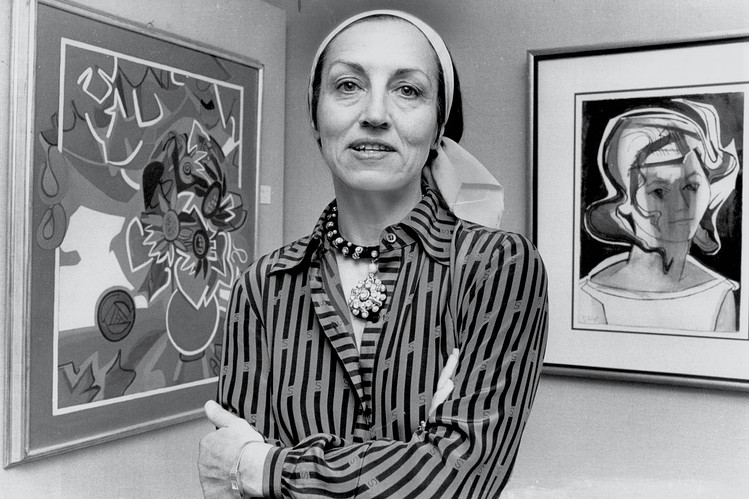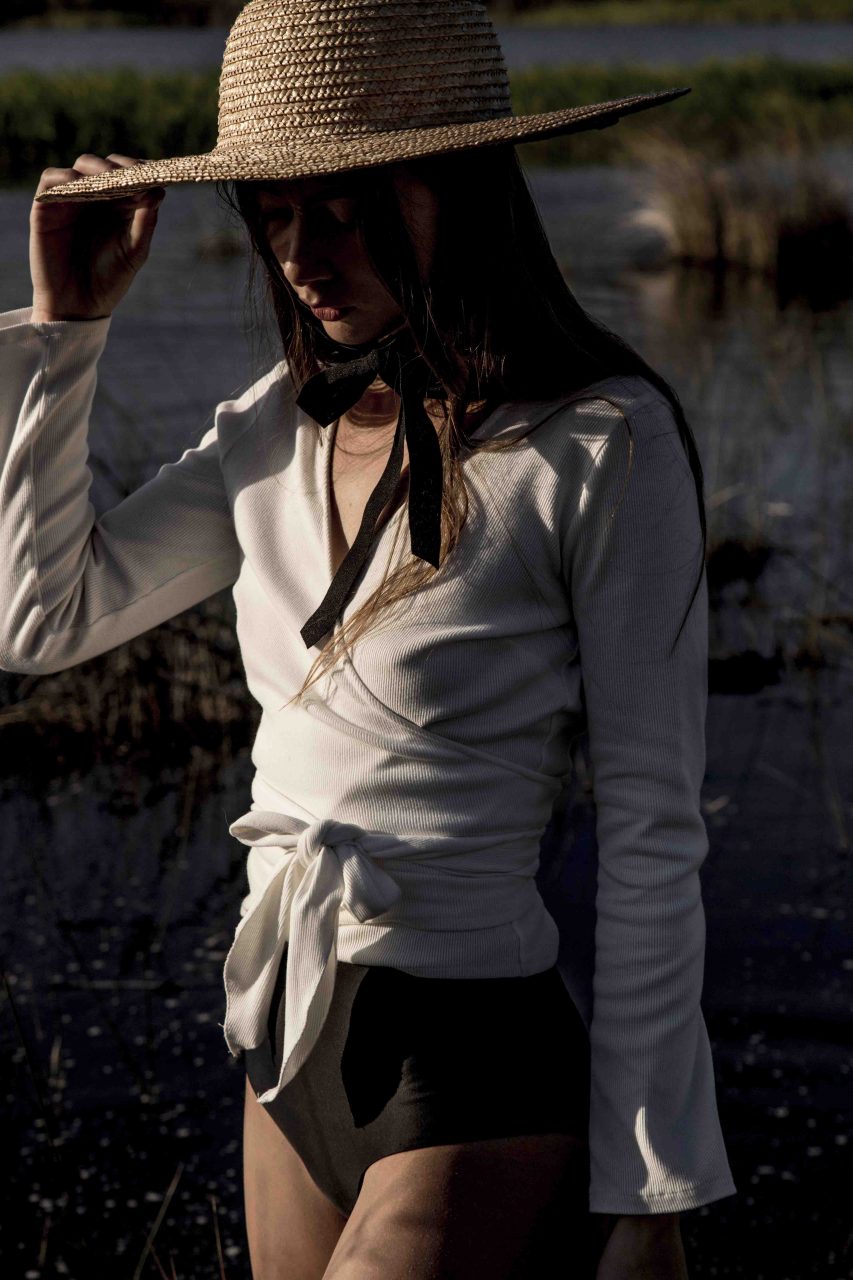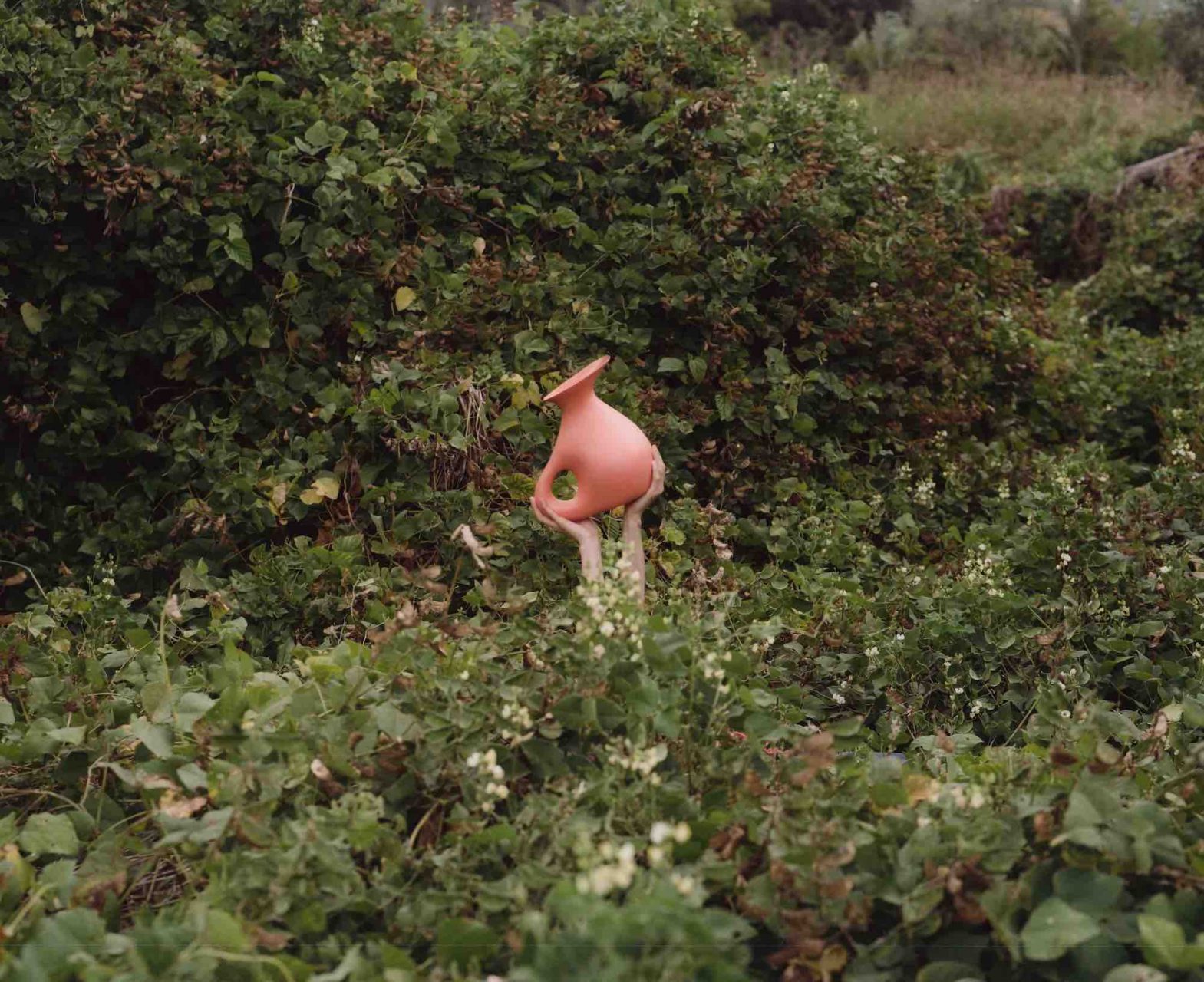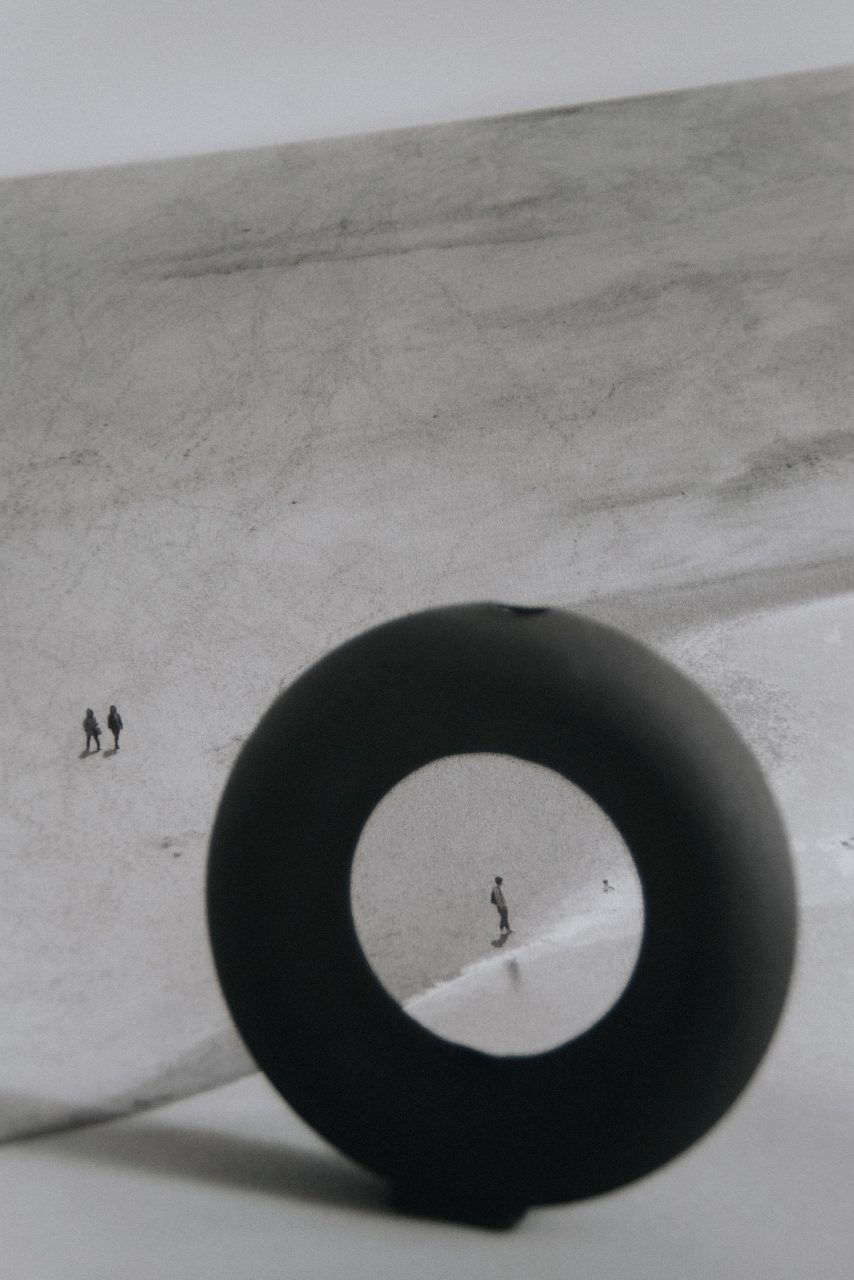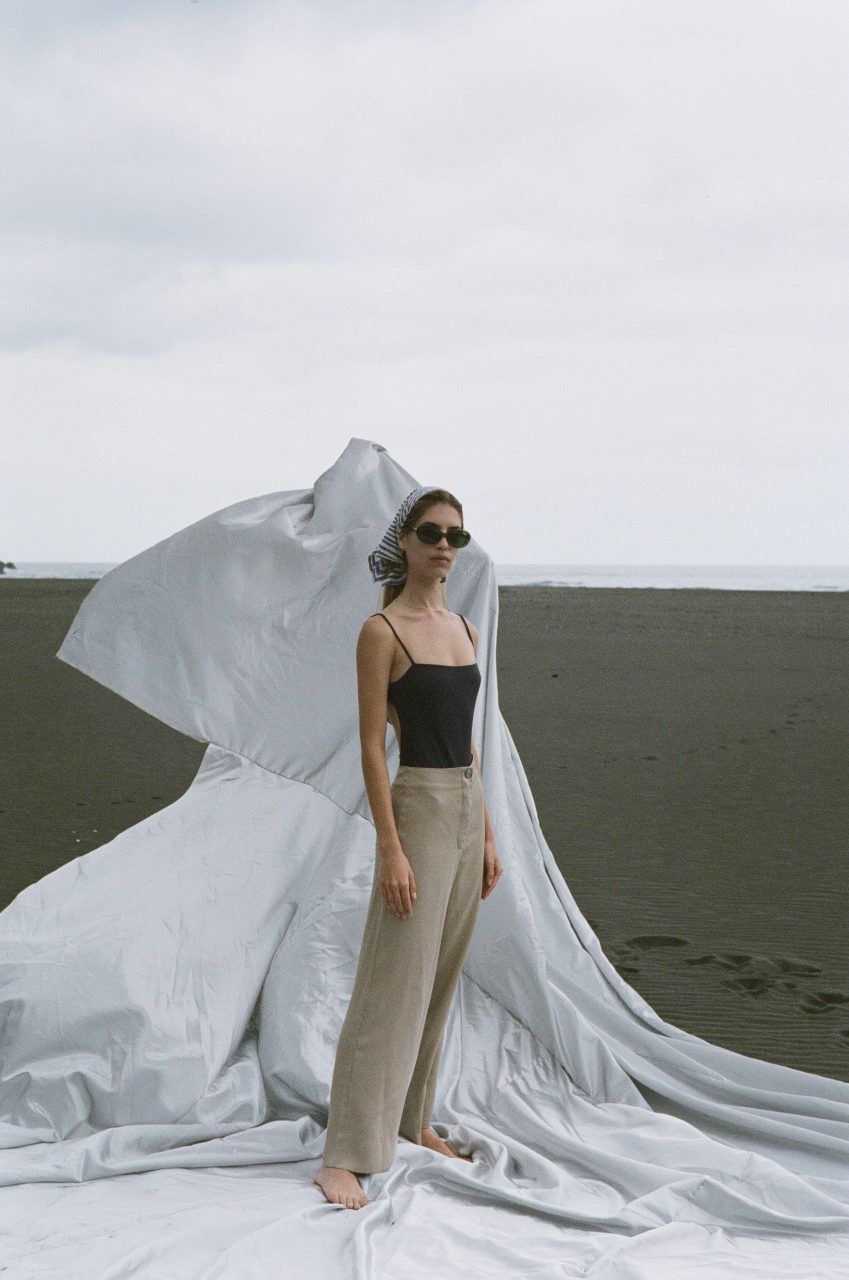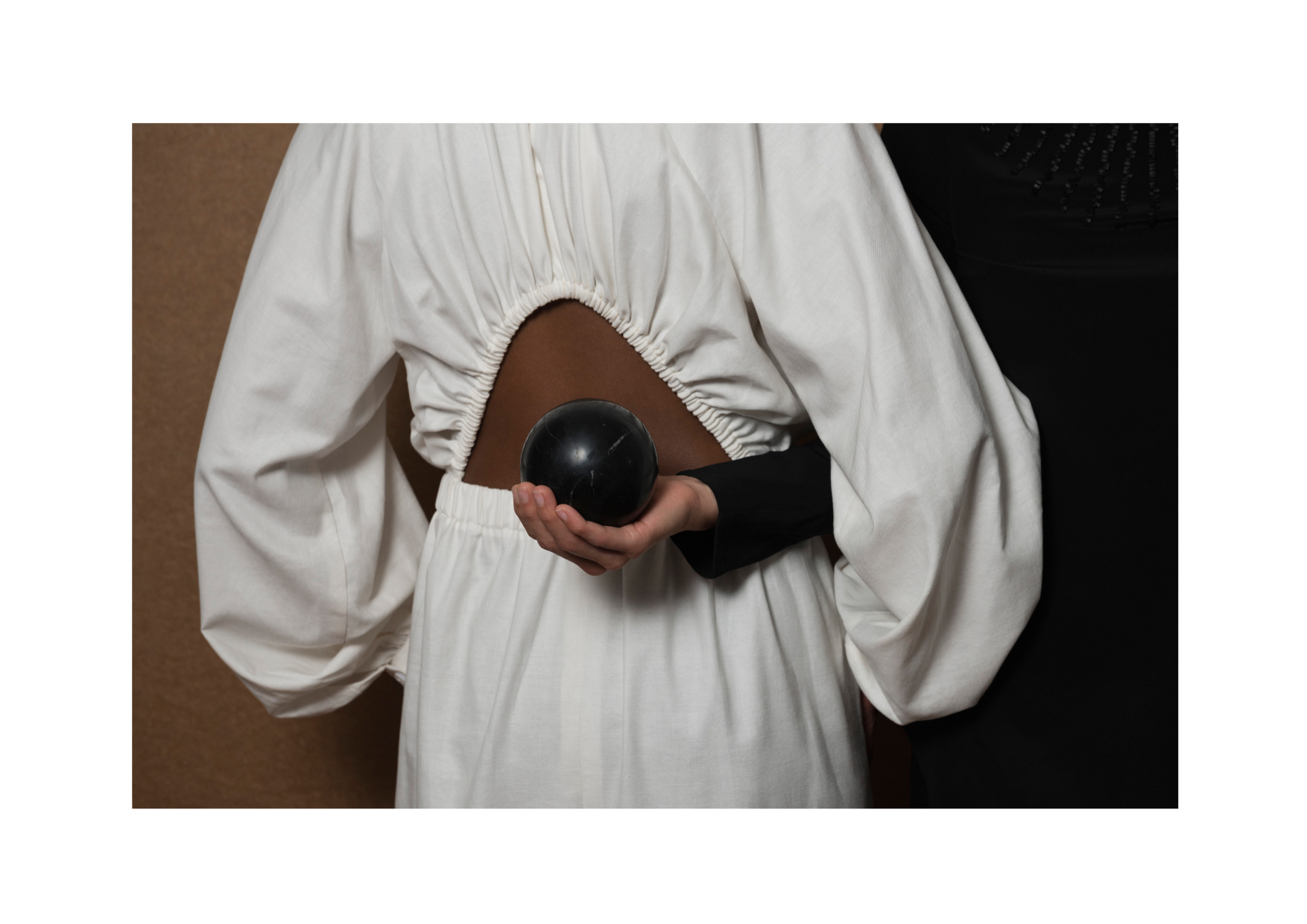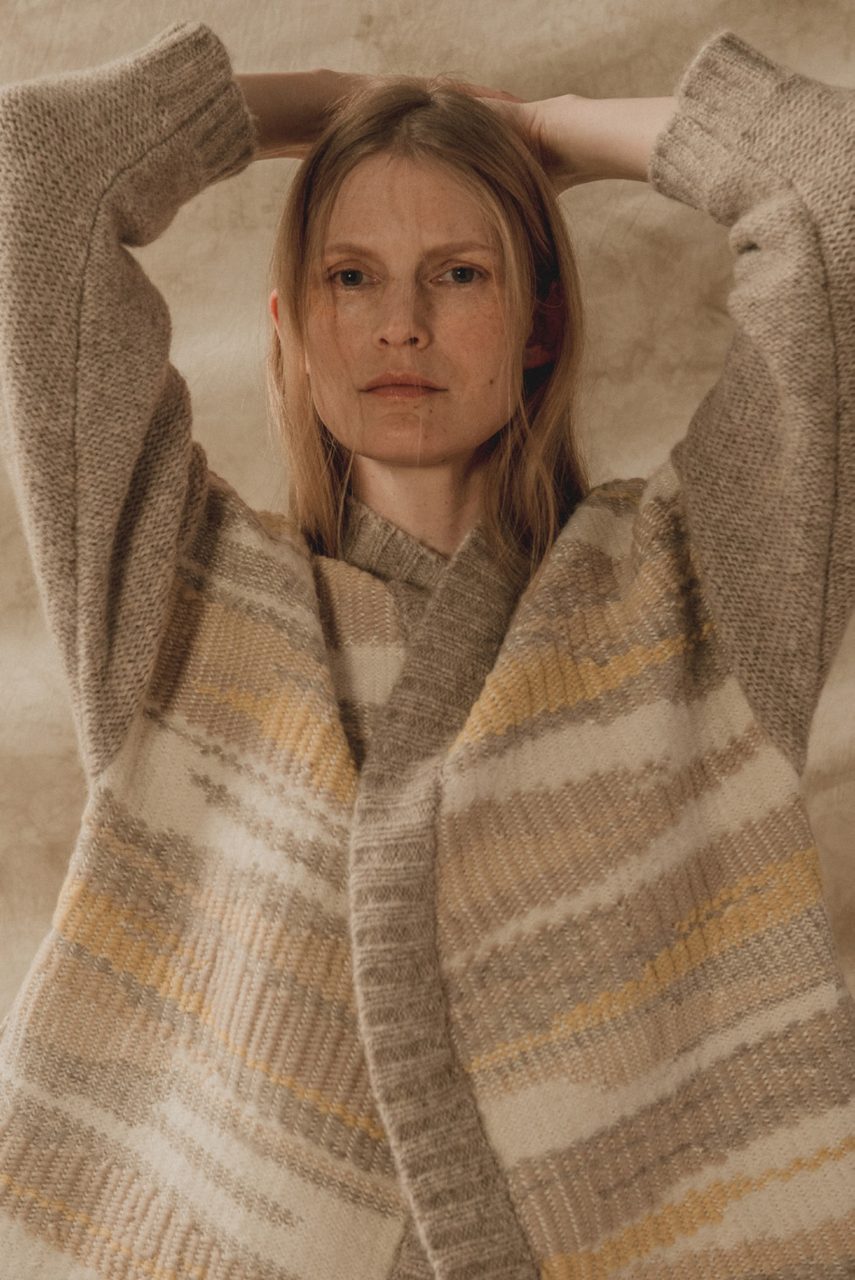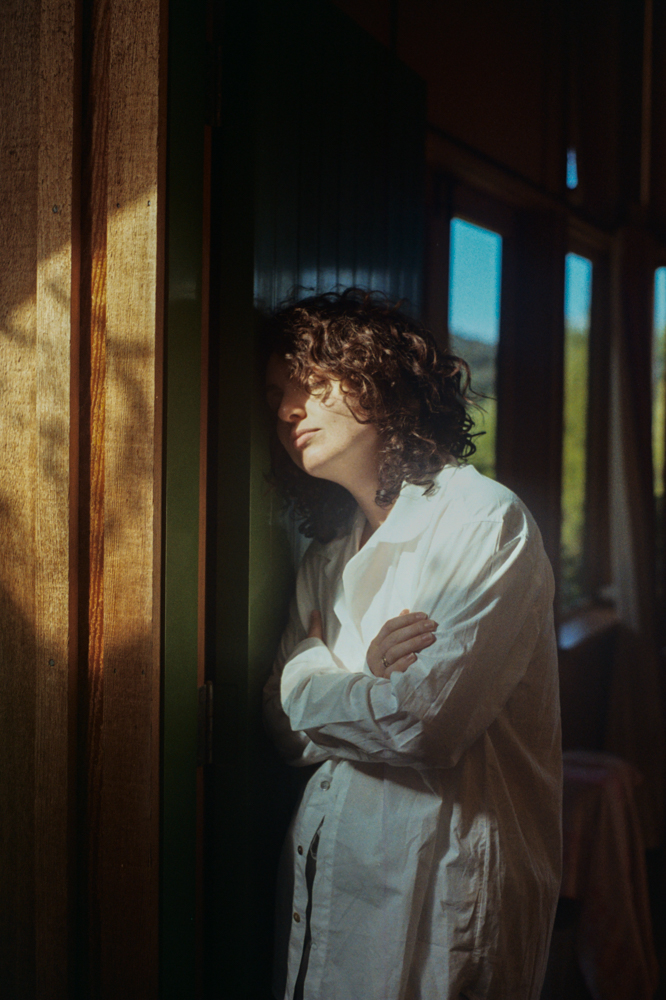Monday’s Muse: Françoise Gilot
“One day when I went to see him (Picasso), we were looking at the dust dancing in a ray of sunlight that slanted in through one of the high windows. He said to me, ‘Nobody has any real importance to me. As far as I’m concerned, other people are like those little grains of dust floating in the sunlight. It takes only a push of the broom and out they go.’I told him I had often noticed in his dealings with others that he considered the rest of the world only little grains of dust. But I said, as it happened, I was a little grain of dust gifted with autonomous movement and who didn’t therefore need a broom. I could go out by myself.”
— Françoise Gilot
[Editor’s note: At 21-years-old, Françoise met Pablo Picasso (then 61-years-old), inside a restaurant during the spring of 1943. They lived and worked together for the next ten years. The beautiful French painter was Picasso’s muse, mother to two of his children; Paloma and Claude, and later became a renowned artist and art critic.
Eventually realising that Picasso lived in his own solitary world (see quote above), Françoise left, later marrying the American vaccine pioneer, Jonas Salk.
During their time together, it is fair to say that Picasso influenced Gilot’s work as a cubist painter, but she developed her own distinct style too. Avoiding the sharp edges and angular forms that Picasso was famous for, she opted for more organic figures and lines. A colour painter, driven by the exact shades of blue and yellow, my most favourite of her works would be ‘Les Oiseaux‘, ‘Free Wheels‘, and ‘September Sound‘.
And interesting bite of information is that during the war, Gilot’s father attempted to save the most valuable household belongings by moving them, but the truck was bombed by the Germans, leading to the loss of Gilot’s drawings and watercolours.]
{Image above: Gilot stands in front of her own artwork, 1977.}

